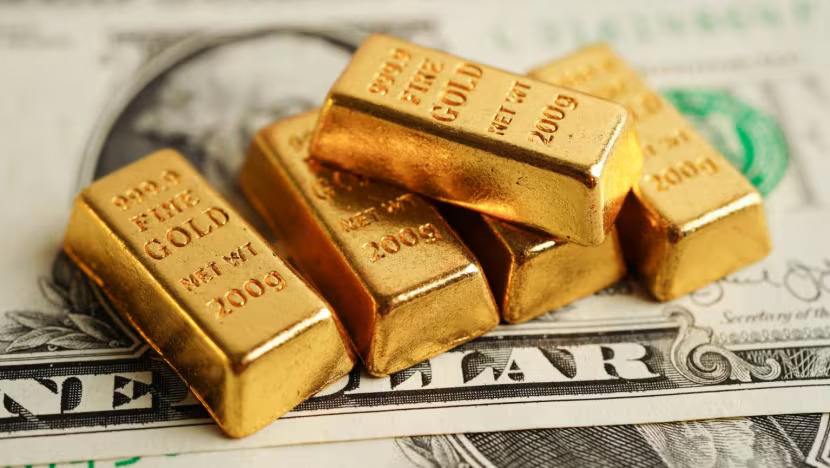Gold futures reached a historic high on Monday, fueled by trader speculation that the Federal Reserve will initiate interest rate cuts in the latter half of the year.
The April gold contract surged by $30.60, or 1.46%, settling at $2,126.30 per ounce, marking its highest level since the contract’s inception in 1974.
This marks the second consecutive trading day where gold has achieved a record, following Friday’s closure at an all-time high of $2,095.70.
The VanEck Gold Miners ETF (GDX) also experienced gains, closing 4.3% higher for its third consecutive day of increases. It surpassed the 50-day moving average for the first time since Jan. 12.

Adjusted for inflation, gold peaked at about $3,200 in 1980, according to Peter Boockvar, Chief Investment Officer at Bleakley Financial Group, who anticipates that gold may test this inflation-adjusted record.
Boockvar attributes this resilience to significant gold purchases by central banks following the confiscation of Russia’s foreign exchange reserves by the U.S. and European Union post Moscow’s invasion of Ukraine.
With expectations that the Fed will commence interest rate reductions as inflation moderates, gold is poised for further upside. When interest rates decrease, gold prices typically rise as investors seek safer havens amid less attractive yields from assets such as bonds.

Bart Melek, Global Head of Commodity Strategy at TD Securities, noted that gold’s ascent followed weaker-than-expected economic data, particularly in the manufacturing sector.
According to the CME Fed Watch Tool, traders are anticipating rate cuts from the Fed, with expectations of a reduction in June.
However, gold prices could encounter challenges if economic data, particularly employment figures, surpass expectations.
Melek emphasized the significance of employment data, suggesting that robust payrolls could reverse the gains in gold prices. Year to date, gold has climbed 2.63%.







Leave a Reply